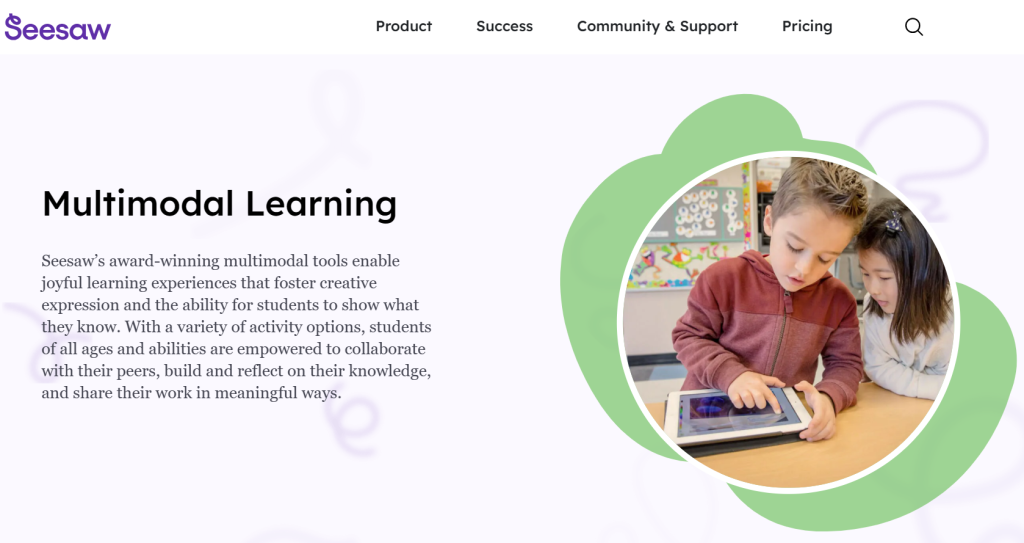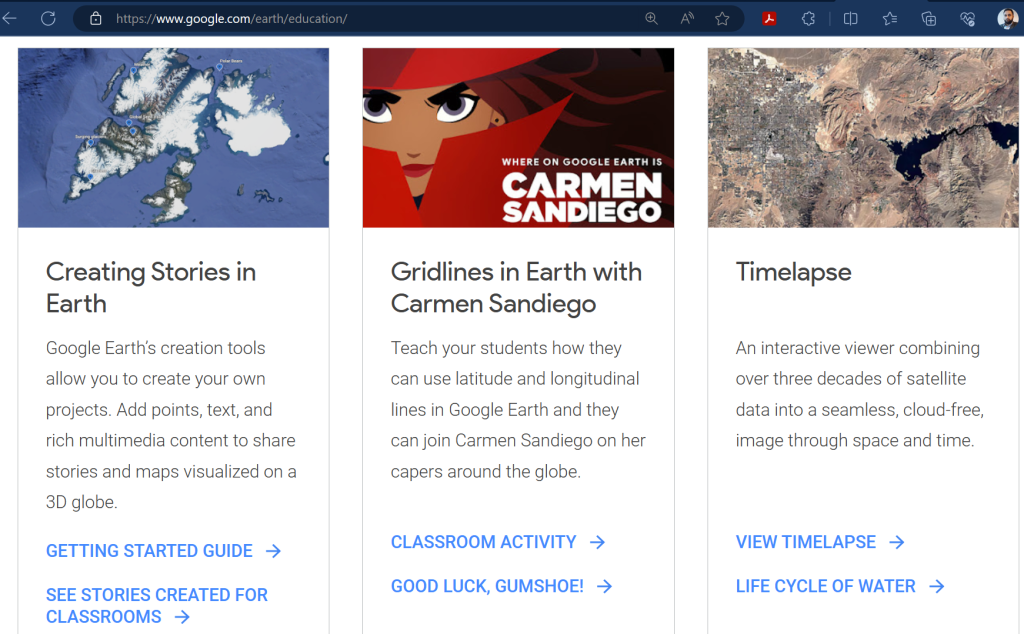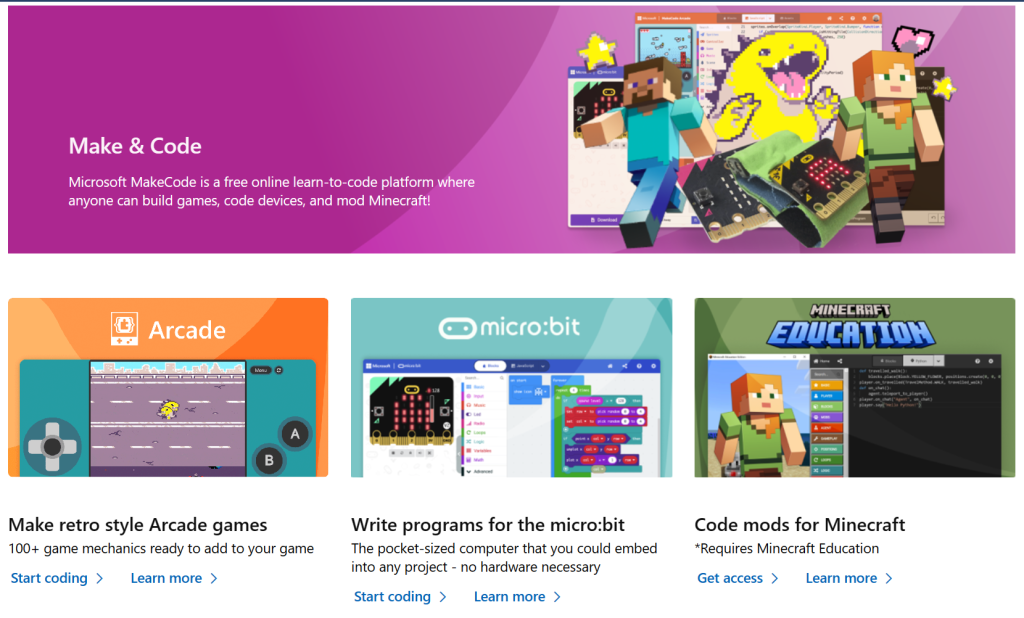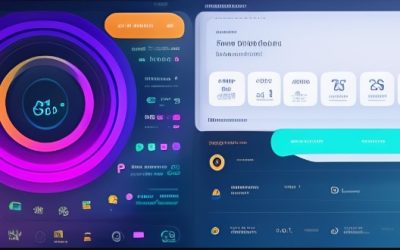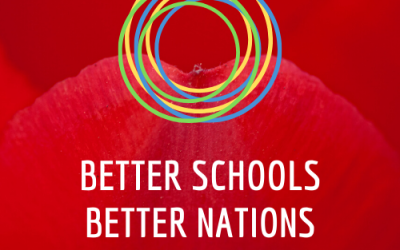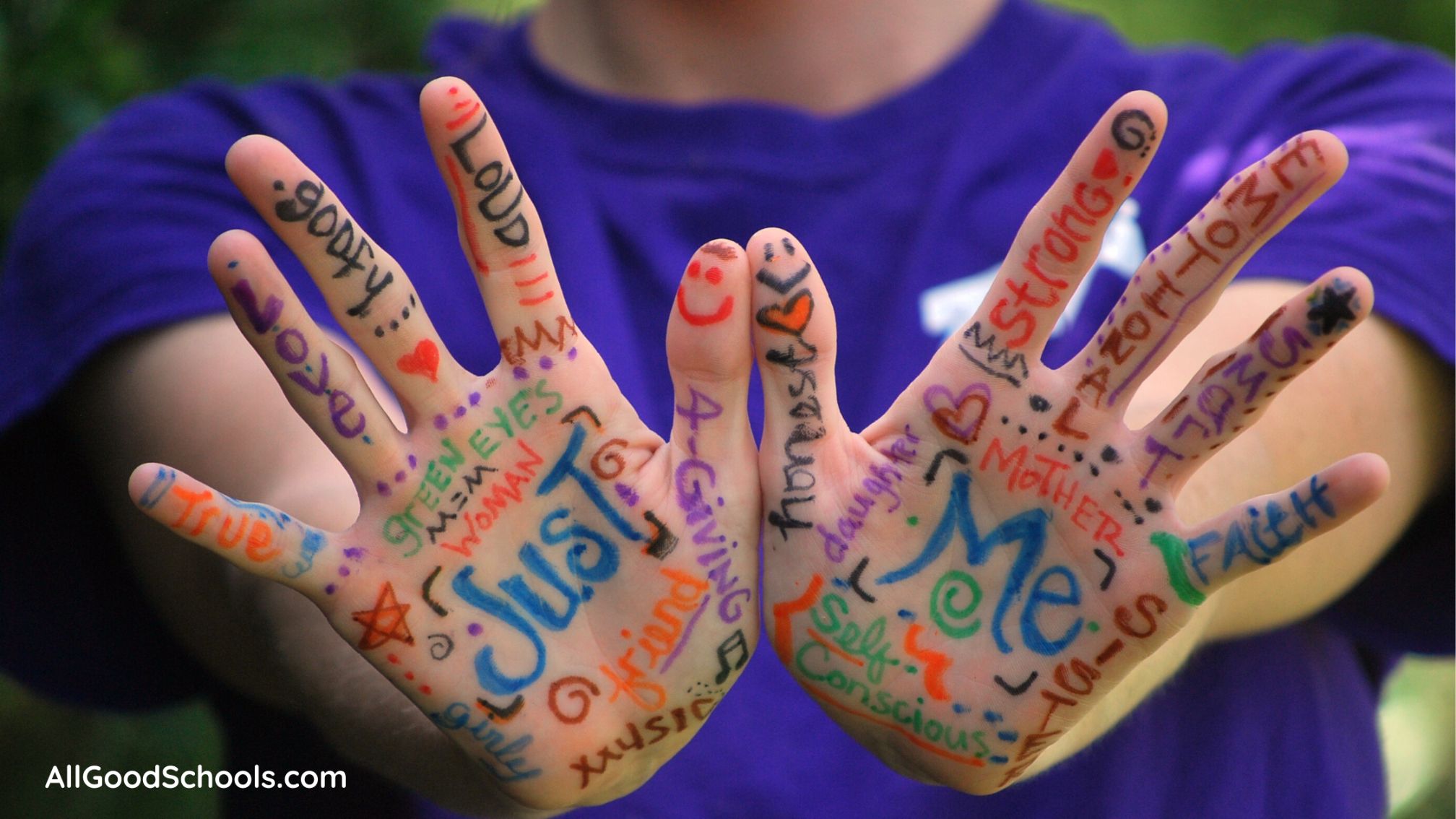Explore the forefront of educational technology with our in-depth article on ’20 Examples of Successful EdTech Businesses.’ Dive into the world of innovative learning platforms and tools that are transforming education. Our comprehensive guide showcases a diverse range of EdTech ventures, from interactive learning apps to cutting-edge educational software, offering unique insights into their success stories, business models, and impact on global education. Ideal for educators, entrepreneurs, and anyone passionate about the intersection of technology and education, this article is your gateway to understanding the dynamic landscape of EdTech and its role in shaping future learning

50 Useful Ideas for Teaching Business To Kids
Diving into the world of business doesn’t have to be complicated, especially for the younger generation. “50 Useful Ideas for Teaching Business to Kids” is your go-to resource, packed with easy-to-implement activities and concepts designed to introduce the essentials of business in an enjoyable and relatable way for children. Tailored for both parents and educators, these ideas range from interactive games to creative projects, all aimed at nurturing an early interest in entrepreneurship and business skills. Get ready to transform the way kids perceive and engage with the basics of commerce and innovation!
Table of Contents
50 Useful Ideas for Teaching Business To Kids
Role Play (10)
Role play is an effective and engaging way to teach students about entrepreneurship. Here are some role-play scenarios that can help students understand various aspects of running a business:
- Business Pitch: Students can act as entrepreneurs pitching their business ideas to a panel of ‘investors’ (played by other students or teachers). This teaches them how to effectively communicate their ideas and handle questions or objections.
- Customer Service Scenario: In this role-play, one student is the entrepreneur, and another is an unhappy customer. The entrepreneur must address the customer’s complaint, demonstrating problem-solving and communication skills.
- Negotiation Exercise: Students can role-play a scenario where they have to negotiate a deal with a supplier or a partner. This helps them understand the importance of negotiation skills in business.
- Marketing Meeting: Students can act as members of a marketing team brainstorming for a campaign. This scenario can help them learn about collaboration, creativity, and the basics of marketing strategies.
- Business Ethics Dilemma: Present a scenario where students must make a decision that tests their ethics and social responsibility. This teaches the importance of ethical decision-making in business.
- Dragon’s Den/Shark Tank: Inspired by the TV shows, students can present their business ideas to a group of ‘dragons’ or ‘sharks’ who ask tough questions and decide whether or not to ‘invest.’
- Financial Crisis Management: Students act as the leadership team of a company facing a financial crisis. They must make tough decisions to save the company, teaching them about financial management and crisis resolution.
- Product Development Meeting: Here, students take on roles within a product development team, discussing and planning a new product launch, which can help them understand the process of product development and teamwork.
- Networking Event: Simulate a networking event where students have to introduce themselves, discuss their business ideas, and build connections. This can teach the importance of networking in entrepreneurship.
- Interview with an Entrepreneur: Students take turns playing an entrepreneur and a journalist. The journalist interviews the entrepreneur about their journey, challenges, and success, helping students understand the entrepreneur’s perspective.
Creating Business Plan for Real Word Problems (8)
When teaching students about brainstorming and establishing a business plan, real-world examples can provide valuable insights and inspiration. Here are some examples that can be discussed in a classroom setting:

- Airbnb’s Business Model: Discuss how Airbnb started as a simple idea to rent out air mattresses and transformed into a global marketplace for lodging and experiences. Explore their business plan, focusing on market research, customer segmentation, and revenue model.
- Tesla’s Innovation in Electric Cars: Analyze Tesla’s approach to revolutionizing the automotive industry with electric vehicles. Discuss their business plan, emphasizing innovation, sustainability, and long-term vision.
- Warby Parker’s Direct-to-Consumer Approach: Look at how Warby Parker disrupted the eyewear industry by offering affordable, stylish glasses online. Examine their customer service approach, marketing strategies, and supply chain management.
- Uber’s Ride-Sharing Platform: Explore Uber’s journey from a simple app to connect drivers with passengers to a global transportation and logistics giant. Analyze their scalability, pricing strategy, and regulatory challenges.
- Amazon’s E-Commerce Dominance: Examine Amazon’s evolution from an online bookstore to a global e-commerce leader. Discuss their diversified business model, customer-centric approach, and logistics mastery.
- Google’s Diversification Strategy: Look at Google’s journey from a search engine to a tech conglomerate. Discuss how innovation, acquisitions, and diversification into new areas like AI and cloud computing have driven its growth.
- Impossible Foods’ Plant-Based Products: Explore how Impossible Foods entered the market with plant-based meat substitutes, focusing on their research and development, marketing strategies, and impact on sustainability.
- Patagonia’s Commitment to Sustainability: Discuss how Patagonia‘s commitment to environmental sustainability is integrated into its business model, including supply chain practices, product design, and corporate social responsibility initiatives.
By examining these real-world examples, students can gain a better understanding of the complexities of developing a successful business plan and the innovative strategies that can be employed in different industries. Let us continue to the next section of 50 Useful Ideas for Teaching Business To Kids
Games and Simulations (9)
Games and simulations are great tools for teaching student entrepreneurship, as they offer interactive and practical learning experiences. Here are some examples:
- SimVenture Classic and SimVenture Evolution: These are comprehensive business simulation tools that allow students to run a virtual business. They cover everything from finance and marketing to human resources, offering a real-life entrepreneurial experience.
- Monopoly: This classic board game teaches basic principles of real estate and managing finances. The game’s trading, property acquisition, and money management aspects are great for introducing students to basic business concepts.
- Lemonade Stand: This simple computer game is great for teaching the basics of supply and demand. Students must decide how many cups of lemonade to prepare, how much to charge, and how to respond to the weather forecast.
- Tycoon Games (e.g., Roller-Coaster Tycoon, Zoo Tycoon): These games involve building and managing a business (like an amusement park or zoo) and making decisions about the layout, pricing, and management to keep customers happy and make a profit.
- Minecraft: Education Edition: While primarily an educational tool, Minecraft can be used to teach entrepreneurship by having students create and manage their own virtual businesses within the game’s world. Check this resource Minecraft Education, Android Link, Apple Store Link,
- Startup Simulator: An online game that simulates the experience of launching a startup, from ideation to taking the company public, teaching the challenges and decisions entrepreneurs face.
- BizWorld: Aimed at younger students, this game teaches basic business skills. Students design, produce, and market friendship bracelets, learning about teamwork, production, and sales.
- The Business Game: This board game teaches students about managing a manufacturing company, including dealing with production, sales, and economic events.
- Marketplace Simulations: These are a suite of business simulation games focusing on different aspects of business, including marketing, product development, and overall business strategy.
Using these games and simulations, students can gain practical insights into the complexities and excitement of running a business in a risk-free environment, making learning both fun and educational. Let us continue to the next section of 50 Useful Ideas for Teaching Business To Kids
Examples From Student Entrepreneurs (4)
there are many student entrepreneurs who have started successful businesses, even while balancing their studies. These young innovators often turn a passion project or a unique idea into a viable business. Here are a few notable examples:
- Mark Zuckerberg: Perhaps the most famous student entrepreneur, Zuckerberg launched Facebook from his Harvard dorm room in 2004. It has since grown into one of the world’s most influential social media platforms.
- Michael Dell: Dell started his computer business (Dell Technologies) out of his dorm room at the University of Texas at Austin. He began by selling upgrade kits for personal computers and later expanded to selling custom-built PCs.
- Blake Ross and David Hyatt: As students, they co-created Mozilla Firefox, a popular web browser that emerged as a major competitor to Microsoft’s Internet Explorer.
- Alex Tew: Tew, a student from England, created the Million Dollar Homepage in 2005 to fund his university education. He sold advertising space on the website at $1 per pixel, eventually earning a million dollars.
These examples demonstrate that with innovation, dedication, and the ability to identify and seize opportunities, even students can become successful entrepreneurs. Their journeys often inspire and motivate other young people to explore entrepreneurship. Let us continue to the most important section of 50 Useful Ideas for Teaching Business To Kids
Practical projects on Student Entrepreneurship (24)
Hands-on projects are an excellent way for students to experience entrepreneurship firsthand. Here are some examples of projects that can be both educational and exciting:
- Start a Mini Business: Encourage students to start small businesses like a lemonade stand, a cookie baking service, or handmade crafts. This teaches them about cost, pricing, marketing, and customer service.
- School-Based Enterprise: Students can create a business within the school, such as a café, bookstore, or stationery shop, to learn about business operations, management, and teamwork.
- Create a Product: Challenge students to design and create a product, which could range from tech gadgets to eco-friendly bags. They can learn about product development, market research, and manufacturing.
- Develop a Mobile App or Website: Students with an interest in technology can develop an app or website that addresses a specific problem or need. This introduces them to tech entrepreneurship, Android coding, and digital marketing.
- Organize an Event: Planning and executing an event like a fundraiser, a school fair, or a sports event can teach project management, budgeting, and promotional skills.
- Social Entrepreneurship Project: Create a project that addresses a social issue, like a recycling program or a community garden, teaching social responsibility and community engagement.
- Youth Entrepreneurship Challenge: Students can participate in competitions where they present their business ideas to a panel, similar to “Shark Tank” for young entrepreneurs.
- Marketing Campaign: Develop a marketing campaign for an existing product or service, allowing students to delve into market research, branding, and advertising strategies.
- Business Plan Development: Guide students to write a detailed business plan for a hypothetical or real business, covering market analysis, financial planning, and operational strategies.
- E-commerce Storefront: Students create an online store to sell products they make or curate. This teaches them about digital marketing, customer service, and e-commerce logistics.
- Tech Repair Service: For tech-savvy students, starting a small business offering repair services for phones, tablets, or computers can teach them about tech support, customer interaction, and technical skills.
- YouTube Channel or Podcast: Students can start a YouTube channel or podcast about a subject they are passionate about. This helps them learn about content creation, digital marketing, and building an online community.
- Community Service Project: Designing a project that addresses a community need, such as a neighborhood clean-up or a charity drive, teaches social responsibility and project management.
- Freelancing Skills: Encourage students to offer their skills as digital freelancers. This can teach them about self-promotion, pricing, and working with clients.
- Agricultural Project: Students can start a small-scale agricultural project, such as a vegetable garden or a chicken coop, to learn about sustainable practices, supply chain management, and basic economics.
- Tutoring Service: Students proficient in a particular subject can start a tutoring service, teaching them about education, communication, and time management.
- Handmade Crafts Business: Creating and selling handmade crafts or artwork online or at local markets can teach students about product design, customer trends, and sales strategies.
- Recycling or Upcycling Project: Starting a recycling or upcycling project teaches environmental responsibility, innovation, and how to create value from waste materials.
- School Newsletter or Magazine: Running a school newsletter or magazine can give insights into editorial management, content creation, and distribution.
- Event Planning Service: Organizing school events or small local gatherings can teach logistics, budgeting, and coordination.
- Personal Fitness Training: For students passionate about fitness, starting a personal training service can teach them about health education, client management, and marketing.
- Bake Sale or Food Stall: Running a bake sale or a small food stall teaches basic culinary skills, food safety, pricing, and customer service.
- Peer-Led Workshops: Organizing and leading workshops on topics they are knowledgeable about can teach presentation skills and knowledge sharing.
- Environmental Awareness Campaign: Starting a campaign to raise awareness about environmental issues teaches advocacy, public speaking, and campaign management.
These hands-on projects not only instill entrepreneurial skills but also encourage creativity, problem-solving, and critical thinking among students. Moving on to the last section of 50 Useful Ideas for Teaching Business To Kids
Additional Ideas and Guidance (5)
Teaching children about entrepreneurship can be a fun and enlightening experience. Here are some other effective methods:
- Guest Speakers: Invite local entrepreneurs to speak to children about their experiences. This can provide real-life insights and inspiration.
- Educational Programs and Workshops: Enroll children in programs or workshops focused on entrepreneurship. These are often offered by schools, community centers, or business organizations. Give them exposure about EdTech businesses
- Field Trips: Visit local businesses or startup incubators where children can see entrepreneurship in action and learn from real-world examples.
- Books and Resources: Introduce them to age-appropriate books that discuss entrepreneurship and the basics of starting and running a business.
- Encourage Curiosity and Questions: Always be open to their questions about how businesses work and why they succeed or fail. This natural curiosity can lead to deeper understanding and interest.
By combining these methods, children can get a well-rounded education about entrepreneurship, helping to develop skills like innovation, financial literacy, problem-solving, and resilience. And before you go, check out this article: 10 Digital Tools To Enhance Creative Learning In Kids
20 Examples of Successful EdTech Businesses

8 Famous International competitions For students
8 Famous International competitions For students cover a broad spectrum of disciplines, ranging from science and technology to arts and literature, offering opportunities for every kind of young enthusiast

AI in Parenting 15 Useful Tools and Apps for Busy Parents
Hey there, busy parents! Ready to explore the world of AI in parenting? This article uncovers the latest and greatest AI tools and apps designed to make your parenting journey smoother and more enjoyable. From scheduling to learning aids, AI is here to lend a helping hand

10 Impressive Student Resume Tips
Discover how to make your student resume stand out with these 10 Impressive Student Resume Tips. From showcasing skills to highlighting achievements, we’ve got you covered!

Super Kids – 7 Techniques To Foster Self Approval
Empower your child’s journey with 7 Techniques To Foster Self Approval In Kids. Learn how to foster resilience, confidence, and a positive self-image in your children through encouraging self-expression, promoting positive self-talk, celebrating achievements, and more. Build a strong foundation for your child’s self-esteem and inner validation with practical tips and strategies that nurture self-approval from a young age.

12 Important Rights of Orphans and Associated Challenges
Recognizing the importance of protecting the rights of orphans, international organizations and governments have established guidelines and laws to ensure their safety, education, and overall well-being

15 Great Benefits and Risks of Using AI Parenting Apps
Benefits and Risks of Using AI Parenting Apps. Discover the pros and cons of AI parenting apps in our comprehensive guide. Learn about the benefits of personalized recommendations, time-saving features, and educational support, as well as the potential risks of data privacy and over-reliance on technology.

How Remote Job Seekers Benefit From Agencies
How Remote Job Seekers Benefit from Agencies to their advantage, ensuring a successful and fulfilling career path in the digital age

60+ Creative Hacks to Save Money as a College Student
Master your finances with 100+ money-saving hacks for textbooks, food, housing, & more! Save Money as a College Student
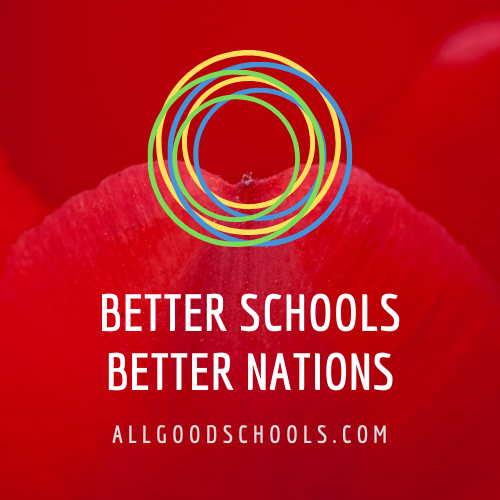
70 Plus Vital Actions for Teacher Regulatory Body
A teacher regulatory body, often known as a teacher regulatory authority or teacher licensing board, plays a crucial role in the education system by ensuring the quality, professionalism, and ethical standards of educators

25 Core Elements of a Robust Education Policy
An education policy plays a vital role in the success of a country. This article will cover 25 Core Elements of a Robust Education Policy
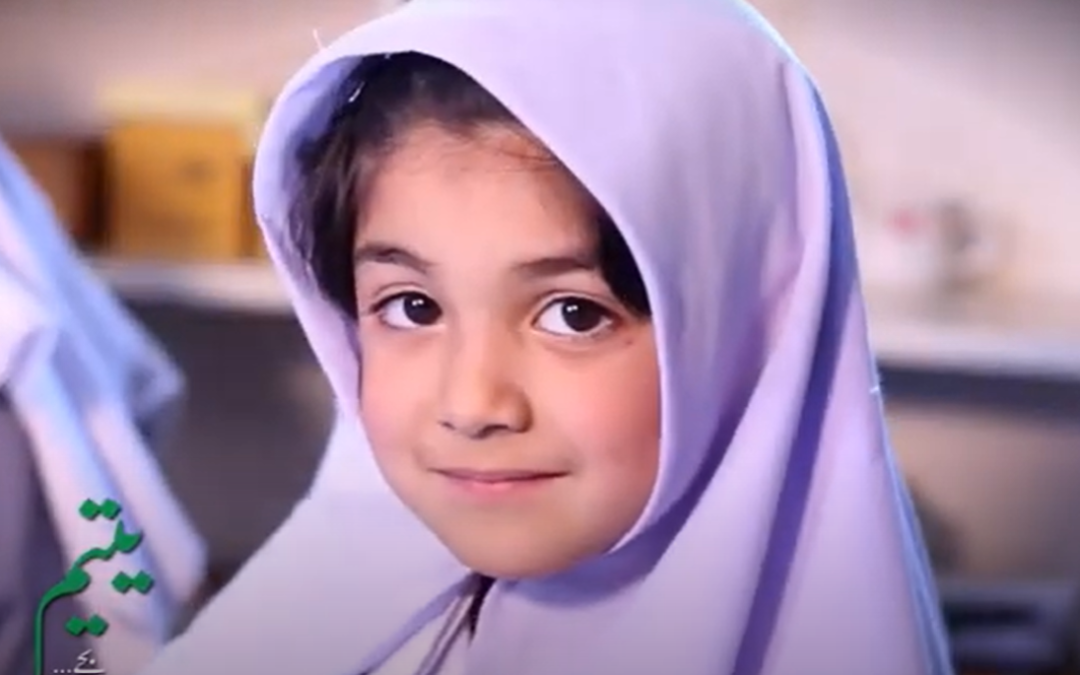
Read Foundation Pakistan – Transforming Lives Through Education
Join us in our mission of transforming lives through education. Your support can brighten the future of orphaned children, providing them with the gift of knowledge and opportunities for a better tomorrow.

13 Effective Study Methods for IB students
IB students must adopt efficient study methods to enhance the learning opportunities they receive. 13 Effective Study Methods for IB students

5 Great Resources for Dynamic STEM Teaching
Understanding the significance of STEM education is key to unlocking the potential of the next generation of innovators and thinkers. 5 Great Resources for Dynamic STEM Teaching

Top 10 New Year Resolutions for Teachers
This year will be different! Here are the top 10 New Year resolutions for teachers, mixed with a good dash of humor.





























